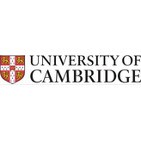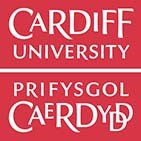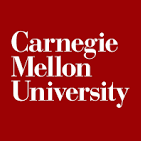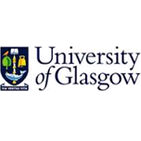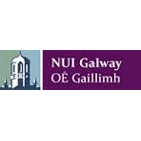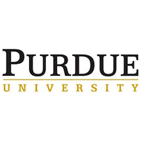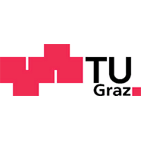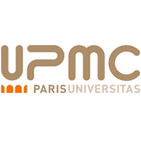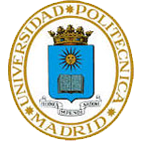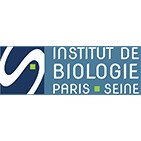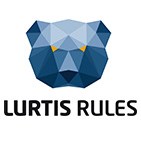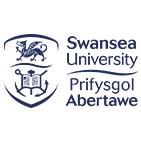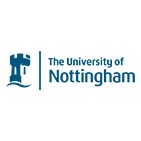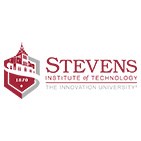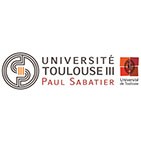International Brain Mechanics and Trauma Lab
The International Brain Mechanics and Trauma Lab (IBMTL)
The lab is an international initiative that was created in 2013. It involves the collaboration of 41 academics and clinicians, across 25 main institutions.
All members of the IBMTL are heavily involved in collaborative projects related directly to brain mechanics and trauma. The interaction between experts, from such a wide range of disciplines, is motivated by the need for multidisciplinary expertise to study the relationship between brain cell/tissue mechanics and brain functions/diseases/trauma:
- Biology: stem cells, tissue engineering, physiopathology
- Computing: supercomputing, neuroinformatics, image processing, big data analytics
- Engineering: materials engineering, biomechanics, computational mechanics of materials, mechanobiology, systems engineering
- Mathematics: mathematical modelling, computational statistics, continuum mechanics, data mining
- Medical/Clinical: neurology, neuropathology, neuroimaging, veterinary medicine, neurosurgery, psychiatry
- Neuroscience: translational neuroscience, functional connectivity and brain network architecture, brain plasticity computational modelling
- Physics: nanoscience, cells/tissues nanomechanics, cell rheology, shockwave/ultrasound physics, biophysics
The collaboration is centred around the complementary collaboration of experts, from different disciplines, focussed on the study of the brain cell and tissue mechanics, and its relation with brain functions, diseases or trauma.
DRAG
